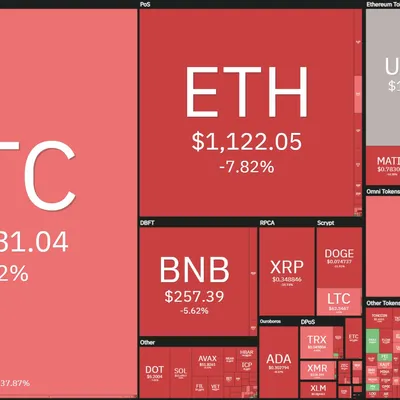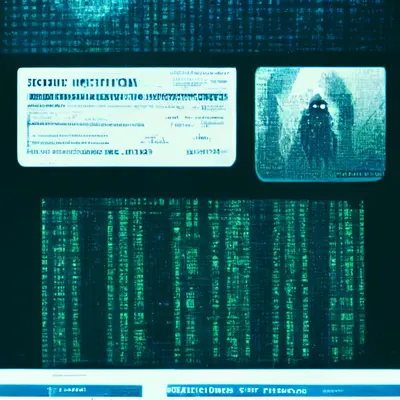What is Multisig Wallet? Instructions to create the most detailed Multisig wallet
Multisig Wallet is a form of user asset protection in the cryptocurrency market.
What is Multisig Wallet?
Multisig Wallet is a wallet that uses a single digital signature that requires more than one private key to sign an outgoing transaction. In some cases, several different keys can generate a signature. Although multisig technology existed long before the advent of cryptocurrencies, it is often associated with the advent of Bitcoin. Specifically, multisig technology was first applied to the Bitcoin network in 2012, leading to the widespread popularity of multisig wallets the following year.
Multisig wallets are essential for blockchain-based organizations, projects and applications that need to participate in more advanced cryptocurrency transactions.
You may be interested in:
- Kyros Kompass #14: Overview of Web3 wallets
How does Multisig Wallet work?
We can picture a safe with two locks and two keys. One key is held by Alice and the other is held by Bob. The only way they could open the box was to provide both keys at the same time, so one couldn't open the safe without the other's consent.
Basically, funds stored on an address with multiple signatures can only be accessed using 2 or more signatures. Thus, using a multisig wallet allows users to create an extra layer of security for their assets.
Benefits of Multisig Wallet
Increased security
Multi-signature wallets offer a higher level of protection than single-signature (singlesig) alternatives. It is difficult for hackers to obtain all the keys needed to enable withdrawals from multisig wallets. Just as multi-signature wallets reduce dependence on a single person, they also reduce the risk of dependence on a single device. For example, if a broken device holds a unique private key, the owner could lose access. However, since you can store multisig keys on several devices, there is generally less risk of the private key being lost.
Margin trading
In traditional terms, escrow is a legal agreement in which a third party holds funds until certain conditions are met. Multisig Wallet has a 2-in-3 that allows a third party to participate in margin transactions between two parties (A and B). In this case, the transaction includes a mutually trusted third party (C) in case anything goes wrong. If there is a dispute, only A or B will authorize the transaction, allowing C to make the final decision.
Two-Factor Authentication (2FA)
Multisig Wallet can also serve as a form of two-factor authentication (2FA), as users can keep private keys on different devices. However, there are risks associated with using multisig technology such as 2FA because a device holding a private key can be lost, stolen, or damaged. For example, if 2 signatures are needed to unlock, losing the key on one device will make it impossible for the user to recover his or her assets.
Controlling the access rights of common property
Similar to the concept of using multi-signature technology for escrow, multi-signature wallets can also control access to shared company funds. For example, if a company sets up a wallet that requires 4/6 signatures to unlock where each person holds a key, then no individual can access and misuse the funds. Therefore, it is only necessary to have an agreement between most of the key holders to grant access to the wallet.
Disadvantages of using Multisig wallet
Technical knowledge
The process of setting up a multi-signature wallet address requires a certain level of technical expertise.
Transaction speed
Multisig is typically slower than singlesig because it relies on another party, device, or location to access the wallet to authorize transactions. While this may not be an immediate problem for occasional use, regular transactions with multisig wallets can be slower than using single-sig wallets.
Asset recovery and custody
Another challenge with using a multisig wallet is that the recovery process requires entering each recovery phrase on each device. Finally, perhaps the biggest potential downside of multisig wallets is the lack of third-party custodians, making legal search difficult if something goes wrong. Specifically, since multisig wallets tend to be non-custodial wallets, legal custodians do not protect funds for multisig wallets. Instead, the funds typically just reside in an unattended wallet shared with multiple key holders.
Despite the potential challenges of using a multisig wallet, there are also some practical applications. By requiring more than one signature to transfer funds, multi-signature wallets are designed to avoid unique sources of error and allow unreliable margin transactions. While each will need to weigh the advantages and disadvantages based on their needs, multi-signature wallets can enhance credibility and security in situations involving large amounts of money. Furthermore, multi-sig wallets have the potential to incentivize cryptocurrency adoption by adding another layer of security for a variety of use cases.
How to create Multisig Wallet
FoxCryptoNews will guide you to create a multi-signature wallet through the Gnosis Safe platform.
Step 1 : Go to https://gnosis-safe.io/app/eth:0xfF501B324DC6d78dC9F983f140B9211c3EdB4dc7/home
Step 2 : Select “Connect” to connect the wallet.

Step 3 : Select the blockchain network for which you want to create a Multisig wallet.

Step 4 : Select “ Create new Safe ”.

Step 5 : Select “ Continue ”.

Step 6 : Name the wallet, then select “ Continue ”.

Step 7 : Set up the wallet, then select “ Continue ”.

Step 8 : Select “ Create ” to create a wallet and complete.

Summary
Above is information about Multisig wallet and instructions on how to create a Multisig wallet. FoxCryptoNews see you in other articles.
Oct 11, 2022


















